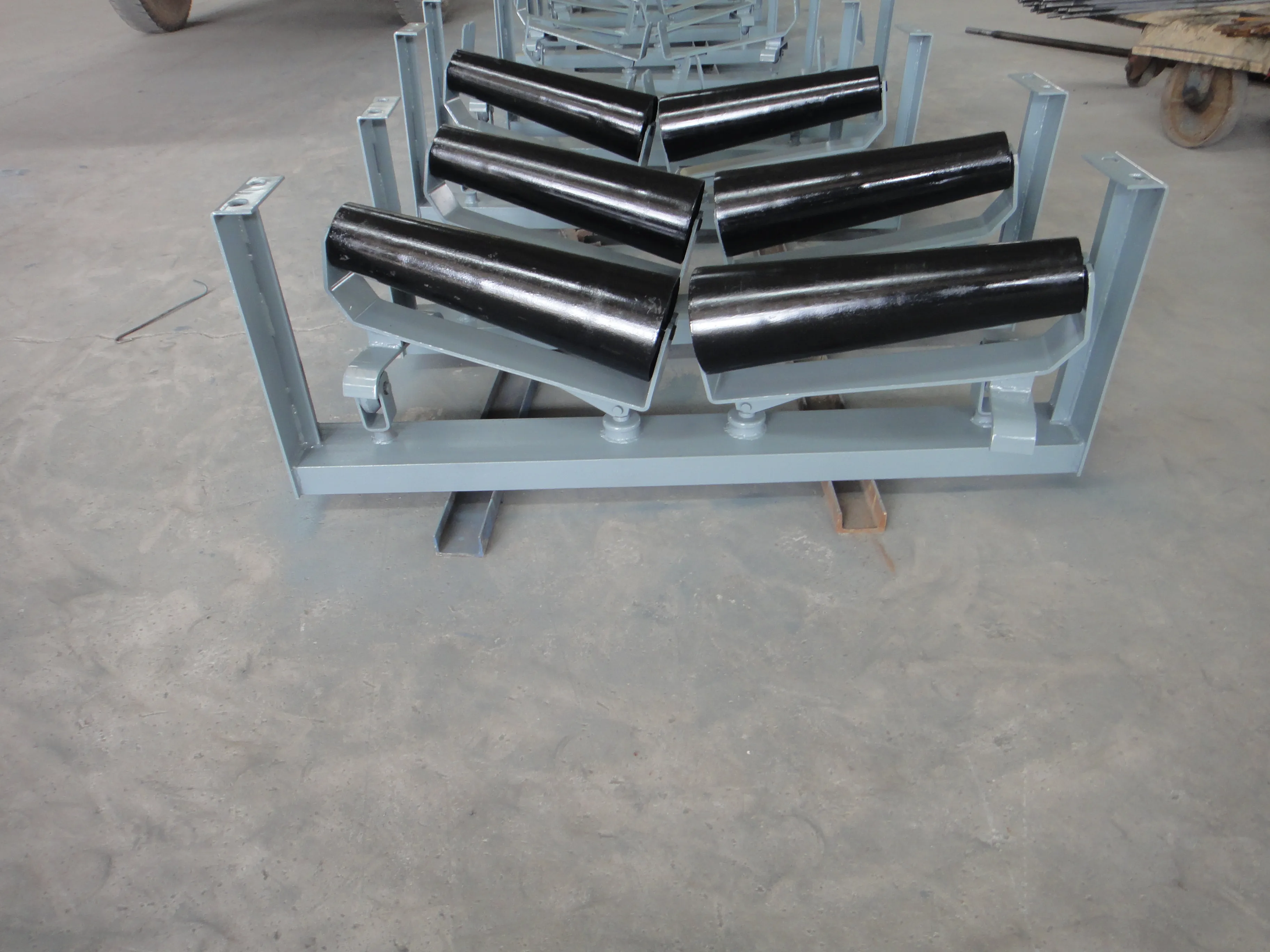 Afrikaans
Afrikaans  Albanian
Albanian  Amharic
Amharic  Arabic
Arabic  Armenian
Armenian  Azerbaijani
Azerbaijani  Basque
Basque  Belarusian
Belarusian  Bengali
Bengali  Bosnian
Bosnian  Bulgarian
Bulgarian  Catalan
Catalan  Cebuano
Cebuano  Corsican
Corsican  Croatian
Croatian  Czech
Czech  Danish
Danish  Dutch
Dutch  English
English  Esperanto
Esperanto  Estonian
Estonian  Finnish
Finnish  French
French  Frisian
Frisian  Galician
Galician  Georgian
Georgian  German
German  Greek
Greek  Gujarati
Gujarati  Haitian Creole
Haitian Creole  hausa
hausa  hawaiian
hawaiian  Hebrew
Hebrew  Hindi
Hindi  Miao
Miao  Hungarian
Hungarian  Icelandic
Icelandic  igbo
igbo  Indonesian
Indonesian  irish
irish  Italian
Italian  Japanese
Japanese  Javanese
Javanese  Kannada
Kannada  kazakh
kazakh  Khmer
Khmer  Rwandese
Rwandese  Korean
Korean  Kurdish
Kurdish  Kyrgyz
Kyrgyz  Lao
Lao  Latin
Latin  Latvian
Latvian  Lithuanian
Lithuanian  Luxembourgish
Luxembourgish  Macedonian
Macedonian  Malgashi
Malgashi  Malay
Malay  Malayalam
Malayalam  Maltese
Maltese  Maori
Maori  Marathi
Marathi  Mongolian
Mongolian  Myanmar
Myanmar  Nepali
Nepali  Norwegian
Norwegian  Norwegian
Norwegian  Occitan
Occitan  Pashto
Pashto  Persian
Persian  Polish
Polish  Portuguese
Portuguese  Punjabi
Punjabi  Romanian
Romanian  Russian
Russian  Samoan
Samoan  Scottish Gaelic
Scottish Gaelic  Serbian
Serbian  Sesotho
Sesotho  Shona
Shona  Sindhi
Sindhi  Sinhala
Sinhala  Slovak
Slovak  Slovenian
Slovenian  Somali
Somali  Spanish
Spanish  Sundanese
Sundanese  Swahili
Swahili  Swedish
Swedish  Tagalog
Tagalog  Tajik
Tajik  Tamil
Tamil  Tatar
Tatar  Telugu
Telugu  Thai
Thai  Turkish
Turkish  Turkmen
Turkmen  Ukrainian
Ukrainian  Urdu
Urdu  Uighur
Uighur  Uzbek
Uzbek  Vietnamese
Vietnamese  Welsh
Welsh  Bantu
Bantu  Yiddish
Yiddish  Yoruba
Yoruba  Zulu
Zulu Effect of Impact Rollers on Belt Conveyor Performance and Durability
Impact Rollers for Belt Conveyors Enhancing Efficiency and Durability
In the world of materials handling, belt conveyors play a crucial role in the transportation of bulk materials. A vital component of these systems is the impact roller, which is designed to absorb the energy of falling materials and protect the conveyor belt from damage. By effectively managing the impact of loads, impact rollers contribute significantly to the longevity and operational efficiency of belt conveyors.
Understanding Impact Rollers
Impact rollers are strategically positioned at the loading points of a conveyor system. Their primary function is to cushion the impact as materials are loaded onto the conveyor. Without these rollers, the force of the falling materials would primarily be absorbed by the conveyor belt itself, leading to wear and tear, potential punctures, and reduced operational efficiency. Moreover, the placement of impact rollers can help stabilize the belt, ensuring it remains aligned and operates smoothly.
Benefits of Using Impact Rollers
One of the most significant advantages of using impact rollers is the protection they offer to the conveyor belt. The cushioning effect of the rollers minimizes stress on the belt, reducing the chances of damage and extending its lifespan. This protection is crucial in industries where the conveyor is subjected to heavy loads or abrasive materials, which can expedite wear and increase maintenance costs.
impact roller for belt conveyor

Additionally, impact rollers facilitate smoother material handling. The absorption of impact energy reduces the likelihood of material spillage, which can often occur if the belt is jolted by heavy loads. This not only helps in maintaining a clean workspace but also increases the efficiency of material transport, as less time is spent cleaning up spills and potential downtime is minimized.
Selecting the Right Impact Roller
When choosing impact rollers for a belt conveyor system, it is essential to consider several factors, including the type and weight of the material being transported, the speed of the conveyor, and the environmental conditions of the operating site. High-quality impact rollers are usually equipped with features like robust construction, reinforced bearings, and corrosion-resistant materials to handle different operational demands efficiently.
It is also important to ensure that the impact rollers are compatible with the overall design of the conveyor system. Proper alignment and installation can maximize their effectiveness, which leads to better overall system performance.
Conclusion
In summary, impact rollers are indispensable components of belt conveyor systems, providing necessary support and protection that enhances operational efficiency and durability. By absorbing the shock of heavy loads, these rollers safeguard the integrity of the conveyor belt and minimize maintenance requirements, ultimately saving time and costs for businesses. Organizations that prioritize the selection and maintenance of quality impact rollers will experience smoother operations and improved productivity, demonstrating the critical role of these components in effective materials handling.
-
Revolutionizing Conveyor Reliability with Advanced Rubber Lagging PulleysNewsJul.22,2025
-
Powering Precision and Durability with Expert Manufacturers of Conveyor ComponentsNewsJul.22,2025
-
Optimizing Conveyor Systems with Advanced Conveyor AccessoriesNewsJul.22,2025
-
Maximize Conveyor Efficiency with Quality Conveyor Idler PulleysNewsJul.22,2025
-
Future-Proof Your Conveyor System with High-Performance Polyurethane RollerNewsJul.22,2025
-
Driving Efficiency Forward with Quality Idlers and RollersNewsJul.22,2025





























